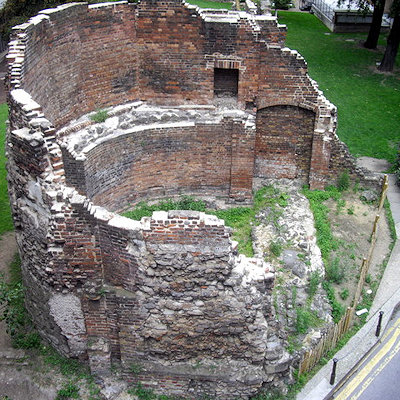
Like us on Facebook
PLACE NAMES


 
|
|
Barbican
|

| |
The Barbican was originally built by the Romans as part of the wall fortifications - in the extreme north-east of the walled city. The wall stretched east from there for about half a mile and then turned south to the Tower of London. This is still called London Wall today. A small section of the fortification remains close to the Museum of London. The fort itself reached almost to the Guildhall and more of the Roman city can be seen in the basement of Guildhall.
Nowadays, the new Barbican Centre is a performing arts centre in the City of London and the largest of its kind in Europe. The Centre hosts classical and contemporary music concerts, theatre performances, film screenings and art exhibitions. It also houses a library, three restaurants, and a conservatory. The Barbican Centre is member of the Global Cultural Districts Network.
The second-floor library is one of the five City of London libraries. It is one of the largest public libraries in London and has a separate arts library, a large music library and a children's library which regularly conducts free events. The Barbican Library houses the 'London Collection' of historical books and resources, some of which date back 300 years, all being available on loan. The library presents regular literary events and has an art exhibition space for hire. The music library has two free practice pianos for public use.
|
 Feel free to Email me any additions or corrections Feel free to Email me any additions or corrections
LINKS AVAILABLE TO YOUR SITE
| |





